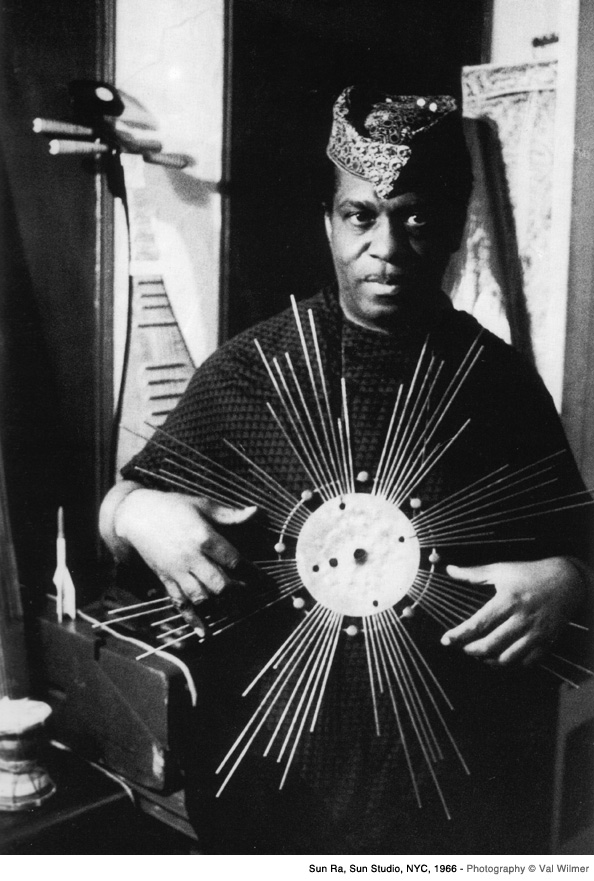DuranDuran
Proud Member
- Joined
- Aug 27, 2011
- Messages
- 12,884
- Points
- 113
Here's free jazz musician Sun Ra, who was from Saturn, (he says  ).
).
Watusa
http://www.youtube.com/watch?v=g9bdeCNH_D0&fmt=18
When There Is No Sun
http://www.youtube.com/watch?v=ptI-LpiHRI4&fmt=18
Pink Elephants
http://www.youtube.com/watch?v=bfLpnXQpjvw&fmt=18
Watusa
http://www.youtube.com/watch?v=g9bdeCNH_D0&fmt=18
When There Is No Sun
http://www.youtube.com/watch?v=ptI-LpiHRI4&fmt=18
Pink Elephants
http://www.youtube.com/watch?v=bfLpnXQpjvw&fmt=18


